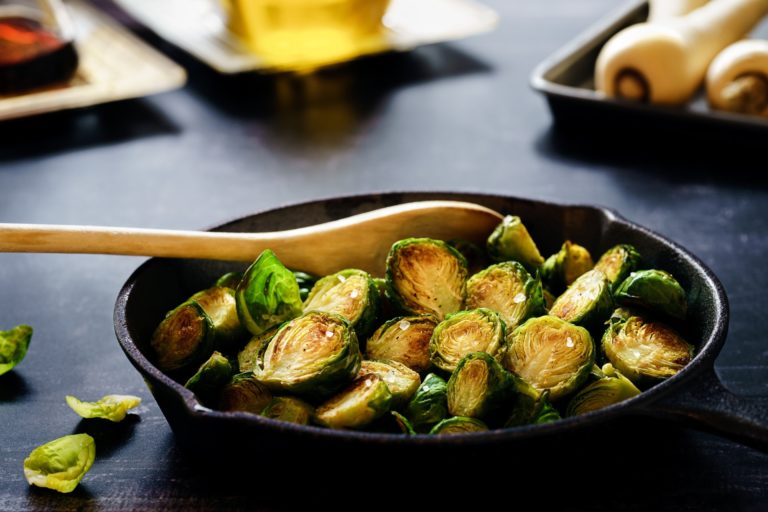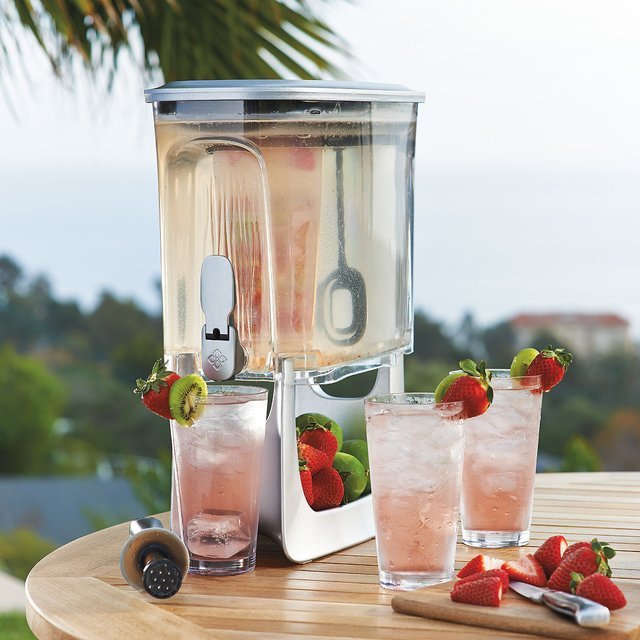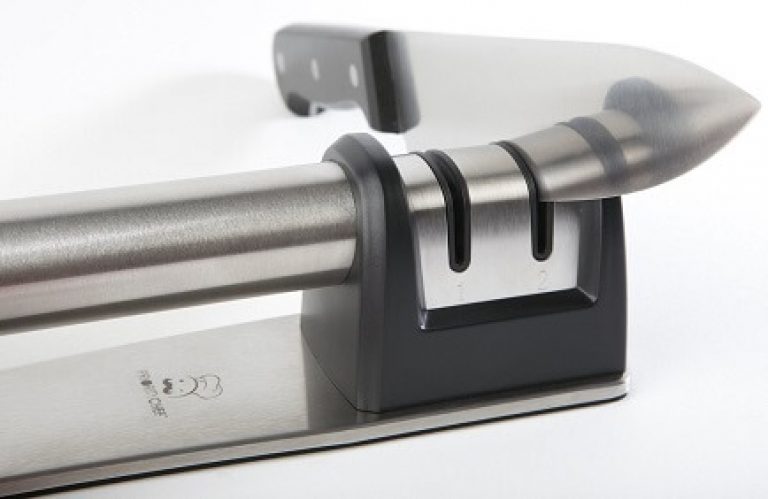Most chefs have their unique style of cooking. They all seem to share one skill, though. They have mastered the art of choosing their knives.
However, for the rest of us, we may not be so educated on the matter. It could be a struggle to be sure which tools we need. How do we know which blades to use when preparing different dishes and handling various ingredients?
Let’s now look take look at the different types of knives. You will then know how to choose exactly what you need for your future culinary adventures.
Multipurpose Knives
There are knives for different purposes in any kitchen. Some are specific for certain tasks. There are, however, a range of knives that are used for many jobs.
Chef’s Knife
Most chefs will comment that hands down; this is the essential knife in your collection. In a chef’s kitchen, it seems that this is the most popular one out of them all.
This multipurpose knife can slice and dice, be used as a press to crush garlic cloves and even crack shells, too.

Chef’s knives blades can range from 6 to 14 inches long and can be identified by their slight curve near the tip of the blade.
Paring Knife
A miniature version of the chef’s knife, this member of the knife family is used for peeling and trimming. Being such a small tool means that most of the intricate work, like taking the veins out of shrimps, is done by the paring knife. These handy little knives can also be used for coring.
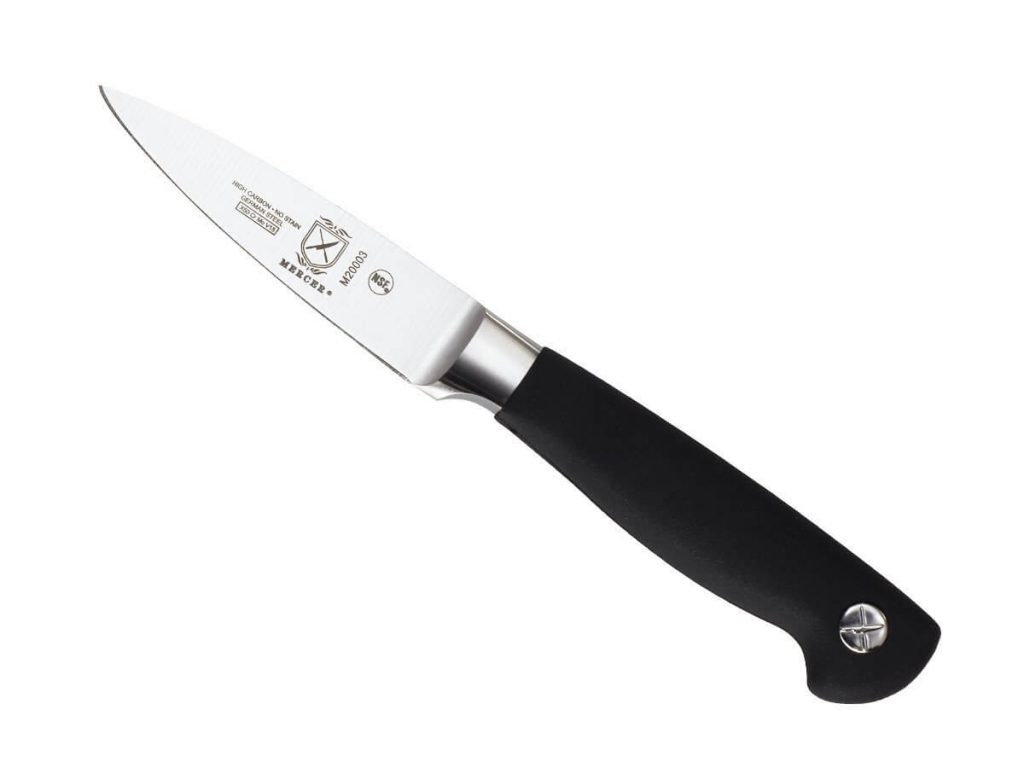
This smaller knife ranges from 2,5 to 4 inches long and boasts the same curve near its tip as the chef’s knife.
Butcher’s Knife
With quite a unique shaped blade, this knife has a full middle and then rounds up to a sharp point. The name may be a bit misleading because the pros like to use this knife for segmenting and cutting into larger pieces of fruits and vegetables.
Fruits like watermelons and pineapples can be a bit difficult to slice into, but the butcher knife gets the job done perfectly. Pumpkins and papayas are no match for this butcher’s knife.
Mincing Knife
This knife has two handles, one on each side, together with a semi-circle shaped blade. By holding both handles at the same time, you almost swing the blade from side to side on your chopping board.
The mincing knife is perfect for those ingredients that you want finely chopped up. This is a must-have for those fresh herbs from your garden that you want to chop up delicately and finely.
Serrated Utility Knife
It’s all in the name. The serrated blade allows you to slice through foods like tomatoes without making the fruit look like its been through the blender.
More delicate foods that are firm on the outside but softer on the inside can be difficult to slice through using a flat-bladed knife.
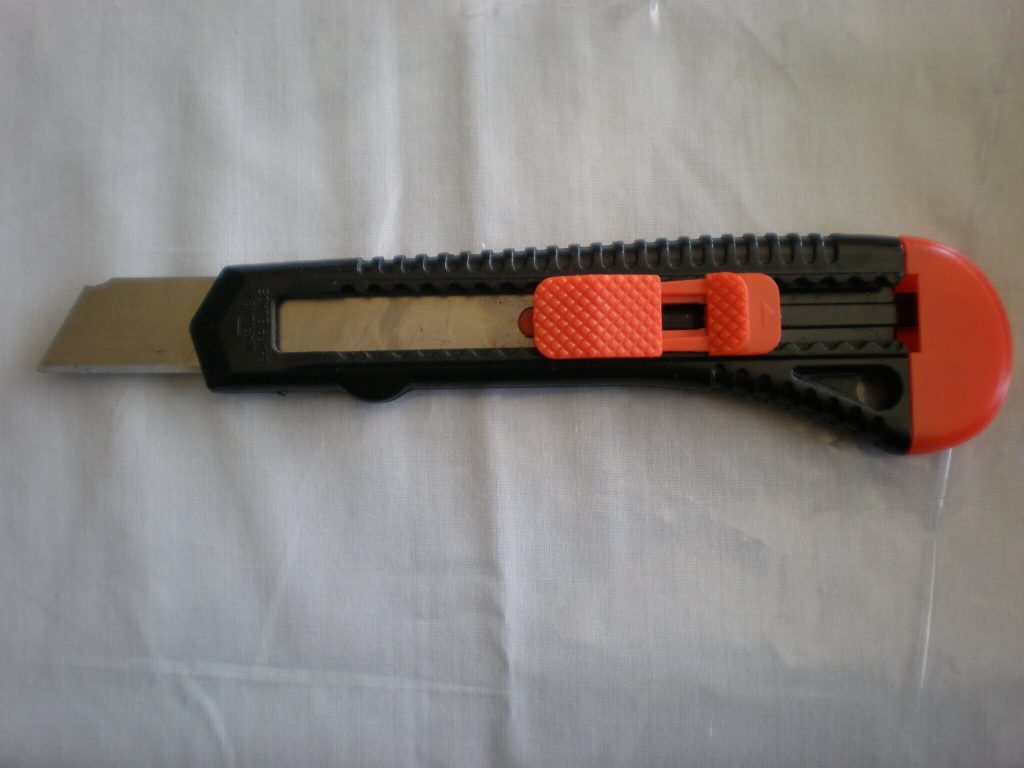
The serrated edges on this blade will ensure you don’t do too much damage to the ingredients while preparing them. Looking similar to a bread knife, this one is also sometimes referred to as a sandwich knife.
Bread Knife
It is easy to get this one confused with the serrated knife. The only difference between the two is that the bread knife is bigger and longer than the serrated one.

As its name suggests, the bread knives are used to cut through loaves of bread and buns without breaking them up into pieces.
Meat Knives
There is so much variety in meat sources. As such, there are many choices of meat preparing knives. solution here. Take a look at our favorite knives for boning, slicing, dicing, and carving up meat.

Boning Knife
Designed to do what it says, this family member will easily separate bones away from the meat. These knives come in two different varieties – flexible boning as well as firm boning. The firm one is used for thicker cuts of meat, while the more flexible one is better suited for chicken.

Cleaver
This excellent kitchen tool seems to pop up more in scary movies than it does in the kitchen. These large, rectangular-shaped, bladed knives are mainly used to cut through big chunks of meat and bones. While it isn’t something you might find in a domestic kitchen, most restaurants will have one of these on hand.
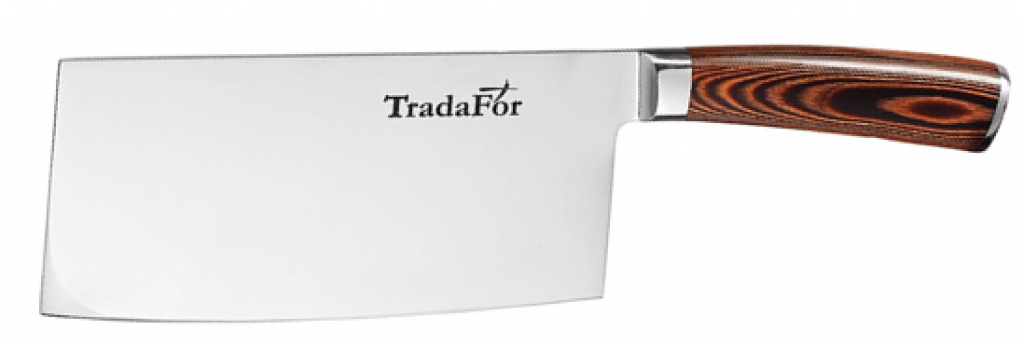
Carving Knife
Similarly to the serrated knife being the baby version of the bread knife, the carving knife is a smaller cleaver. While not identical in shape, the carving knife is thinner and longer than the cleaver but in essence, used to cut through the meat.
You will almost certainly see one of these next to a Sunday lunch roast.
Salmon Knife
This long, thin, and very flexible blade is perfect for peeling off the skin on fresh salmon. A chef also uses this tool to fillet fish and slice up tasty sushi.
Related Articles:
Carving & BBQ Knife Recommendation
The Other Members Of The Knives Family
Cheese knives and butter knives are also types of knives you can find in the kitchen. However, they are used more when presenting food than in the preparation. You would find both these knives on a cheese board with some delicious, fresh bread.
While some chefs may have these knives in their collection, they are not crucial to the tools a chef usually keeps on hand.
Knife Maintenance
Now you’re familiar with different types of knives and how to use each of them.
However, the only way to make the most of that knowledge is by treating your tools the way they deserve. This is one of the main differences between an average cook and an excellent one.
Whatever the chef’s preference of knife is, they all have one thing in common. They all know how to maintain their knives and keep them sharp.
Together with Culinary Lab School, you too can learn these skills. That way, you can be sure that whichever tool you pick up will see years of high-quality use in your hands.
Final Thoughts
From Gordon Ramsay to Jamie Oliver, these well-known chefs each have their tastes when it comes to the brands of knives they use.
But like any profession, these chefs rely on their kitchen tools to do what they love most. They spend endless hours experimenting with new ingredients, chopping away in the kitchen.
It may take a while to get to know each of these knives because let’s face it – a few of them can be mistaken for each other. But just like the age-old saying goes, practice makes perfect.
The more you work with these knives, the easier it will get to know which is which.
We hope this has given you more insight into the different kinds of knives, and what they are primarily used for. The next time you’re buying kitchen tools, treat yourself to a new set and see how it instantly sparks your inspiration and desire for cooking.


